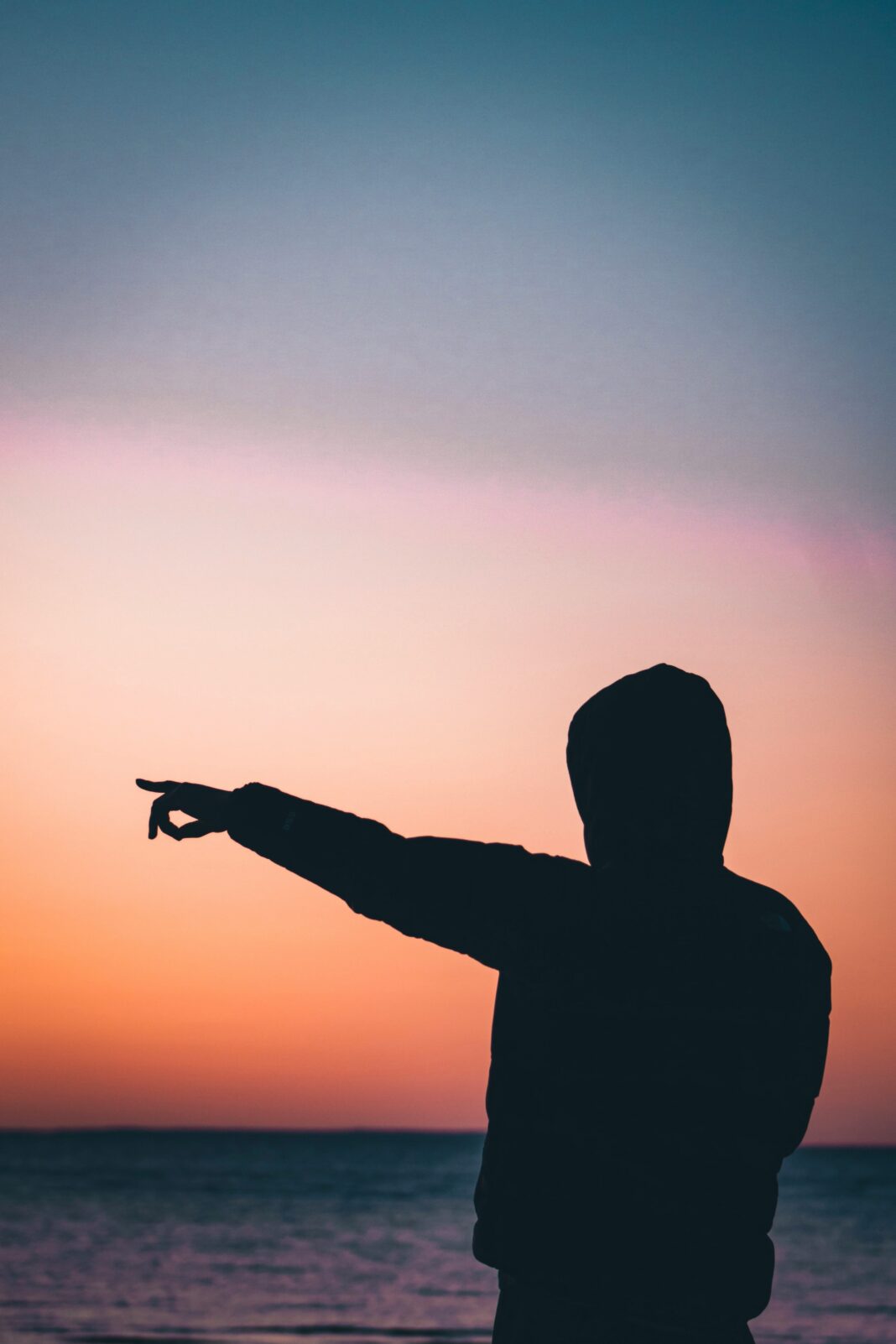Got questions about climbing Mount Kinabalu? You’re in the right place.
Mighty Mt Kinabalu is one of South East Asia’s most iconic treks. Standing at 4095 metres (13,435 feet), this craggy tectonic plateau looms over the Sabah jungle like something out of Lord of the Rings. And for many travellers visiting Borneo, the two-day trek to the summit is the whole reason they visit.
Like all high-altitude treks, you’ll need more than a sturdy pair of hiking boots and a sunny attitude to do it safely and enjoy yourself. Despite being a relatively short hike, Kinabalu’s steep terrain and quick elevation gain will push you to your limits. Many hikers walk away saying it’s one of the toughest (and most rewarding) things they’ve done.
From permits to packing lists, consider this your Mt Kinabalu survival guide.
Let’s dive in.
Take a shortcut
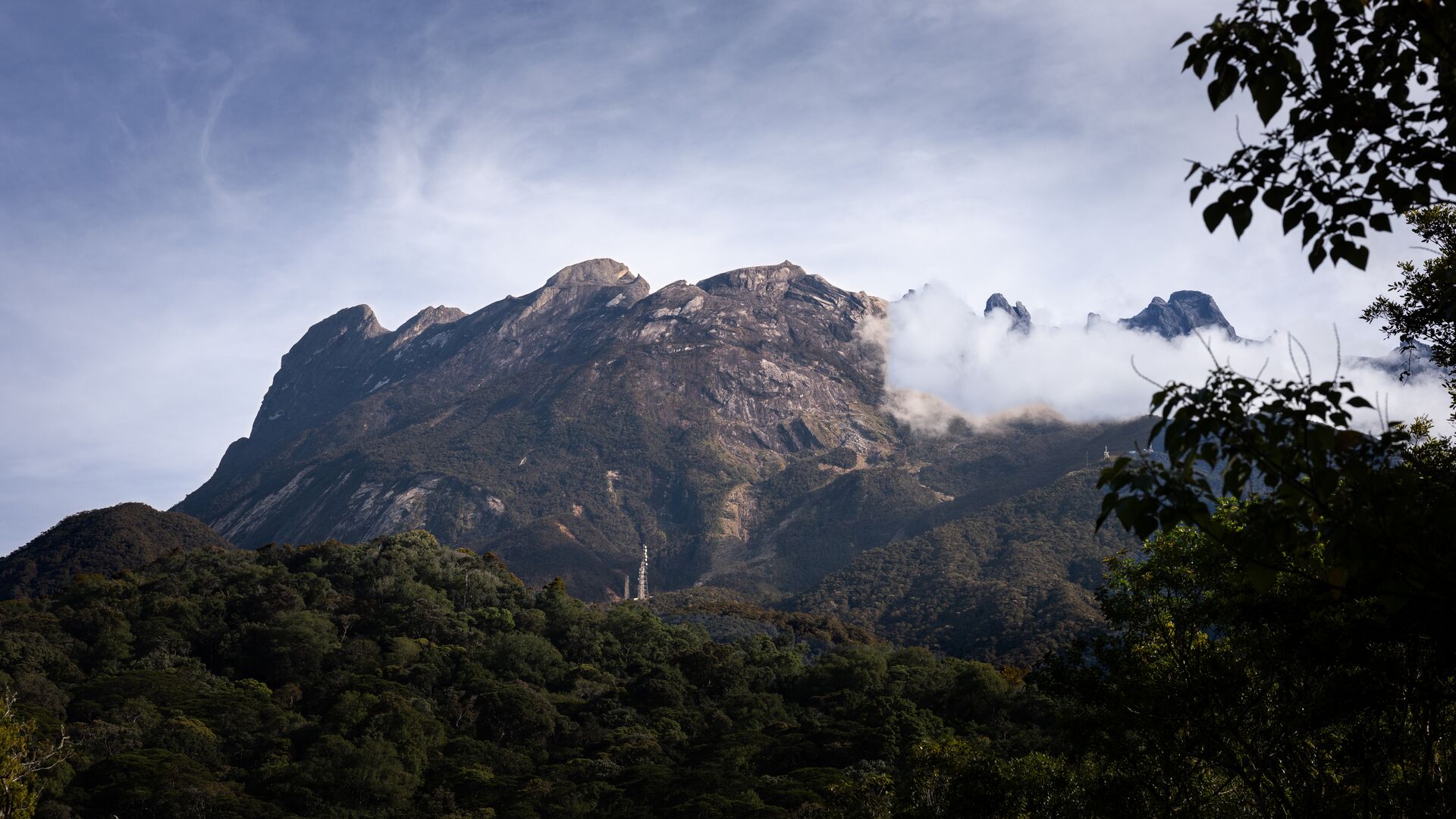

Mt Kinabalu at a glance
- Location: Sabah, Borneo
- Altitude: 4095 metres (13,435 feet)
- Trek duration: 2 days, 1 night
- Length: 18 km (11 miles) return
- Elevation gain: 2200 metres
- Permit required: yes
- Mountain guide required: yes
The UNESCO-listed Mt Kinabalu is the third-largest island mountain and the 20th most prominent peak in the world. The climb takes two days and one night which is spent in dorm-style accommodation on the mountain (but more on that shortly).
What to expect on the trek
The trek showcases Borneo’s rich biodiversity, taking you through misty rainforest, montane grasslands, desolate rock-scapes and alpine meadows. Keep an eye out for the carnivorous pitcher plant endemic to Mt Kinabalu and neighbouring Mt Tambuyukon after kilometre 4!
Day one starts with a check-in at Timpohon Gate. You’ll ascend an uphill trail of steep, rocky steps and tree roots through lowland rainforest for about 6 km (approx. 4 to 7 hours) before arriving at Laban Rata Resthouse (3272 metres). The scenery and sunsets here are spectacular. Refuel with a hearty dinner before heading to bed for an early wake-up call.
On day two, you’ll wake up at 2 am to continue your trek to the summit for sunrise. There are 700 metres of steps to climb before reaching steep granite slopes marked with ladders and ropes. Then, return to the resthouse for a well-deserved breakfast before descending (approx. 4 to 6 hours). If the weather conditions are too dangerous, there’s a chance the park ranger may close the summit trail.
Are there toilets and water stations along the trail?
There are rest stops with flushing toilets every kilometre or so to Laban Rata. There are also water stations, but as the water is untreated, we suggest bringing purification tablets or two litres of water to avoid an upset tummy. You can refill with free boiled drinking water at Laban Rata.
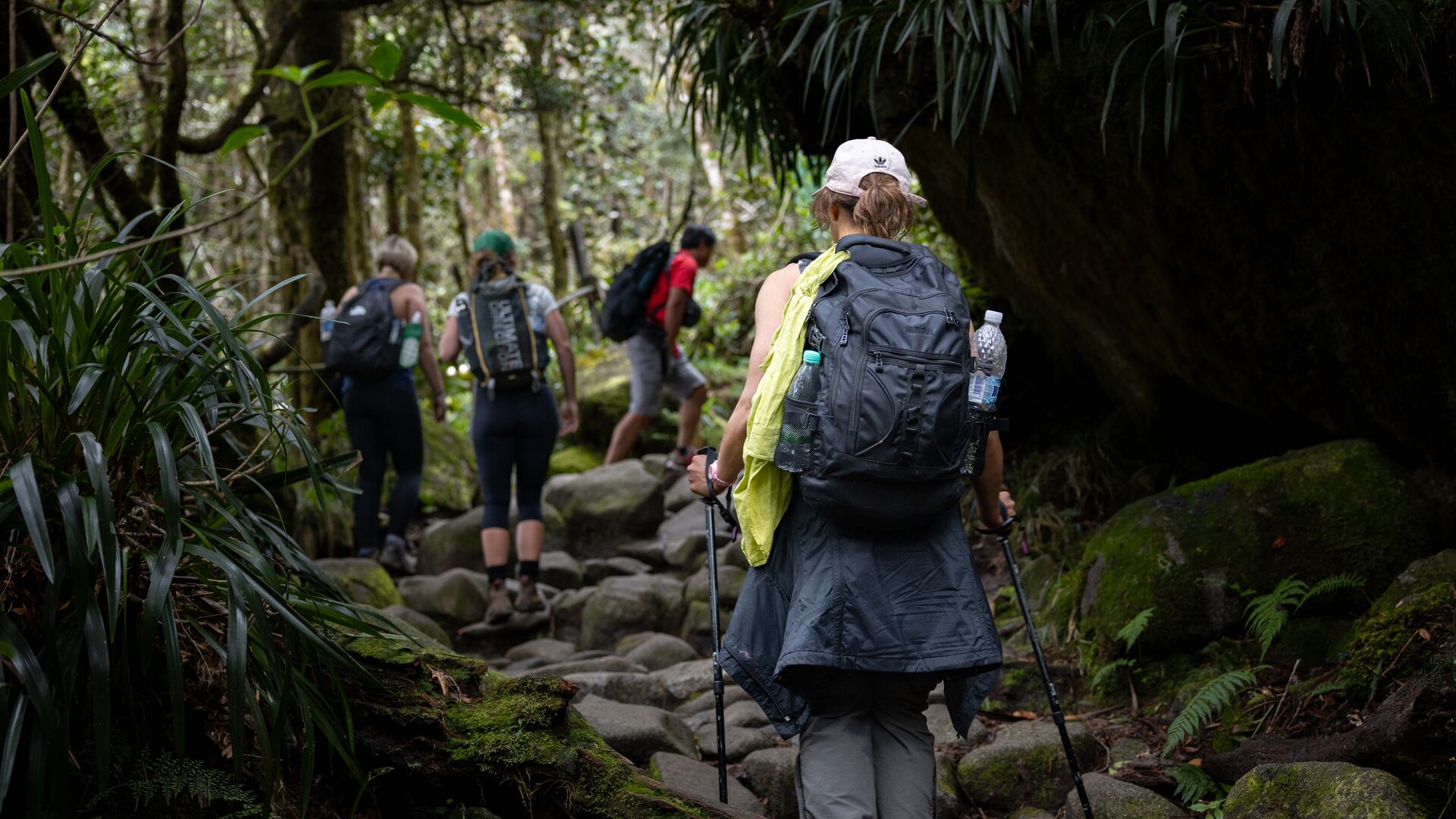

Do I need a mountain guide and porter?
It’s compulsory to climb Mt Kinabalu with a guide. Sabah Parks has strict regulations to ensure all hikers safely get up and down the mountain. Plus, having a legendary local guide by your side means you’ll learn about the landscape, listen to local stories and support the economy.
Porters are optional and can be arranged before the climb. Your Intrepid leader can advise on how much you can expect to pay when you’re there (you’ll need cash).
Do I need a permit?
All hikers need a permit to climb Mt Kinabalu. Permits are issued with a lanyard and must be visible throughout the trek. Permits must only be booked on the Sabah Parks website. Be wary of bogus sites as there have been cases of hikers rocking up to find their permit isn’t legit.
Around 160 permits are issued daily for international climbers, and they sell out fast. If you’re travelling solo, you’ll need to plan around eight months ahead to secure your spot.
If you’re travelling with Intrepid, they’ll take care of permits, accommodation and just about everything else, so there’s no need to book so far in advance (FYI, they’ll need your passport details at least 45 days before departure to request your permit).
What’s the accommodation like?
You won’t be camping on Mt Kinabalu, but don’t expect five-star accommodation either. Most hikers stay in Laban Rata Resthouse, which has dorms with bunk beds, mattresses and bed linen. It’s basic but comfortable. There are also sockets by each bed, toilets and (very) cold communal showers if you’re feeling brave.
Buffet-style meals are served in the dining area (think: fried rice, noodles, stir-fries, omlettes, etc.) and there’s a small shop where you can buy snacks and soft drinks – you’ll need cash.
The floorboards can be creaky and there’s a chance your roomies may snore, so we recommend packing a sleep mask and a pair of stout earplugs to ensure you get some much-needed shut-eye (even if you’re not usually a light sleeper).
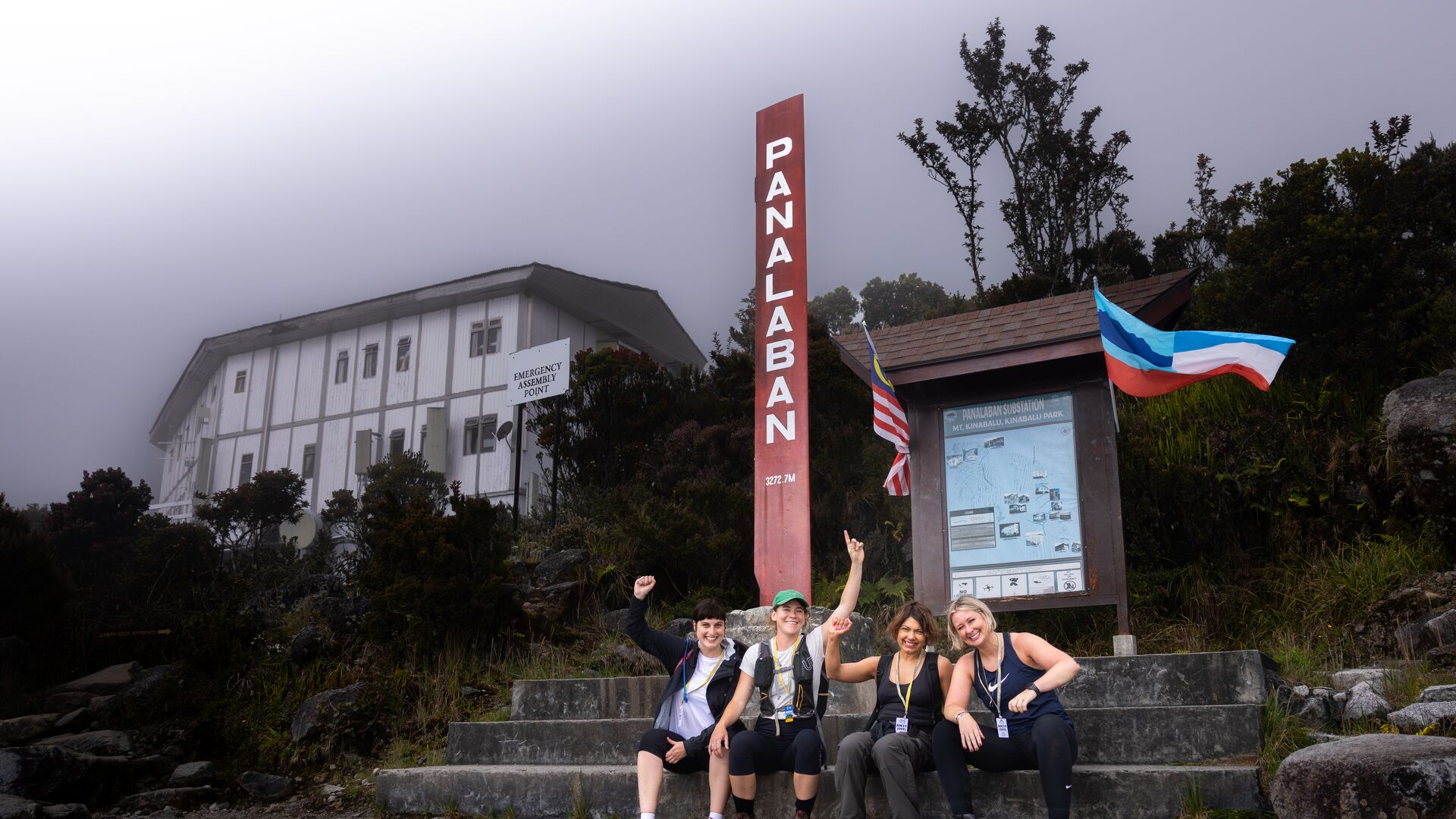

How fit do I need to be?
You need a moderate fitness level. There are many, many, many steps, not to mention slippery, rain-soaked rocks and uneven terrain. The second day is more technical with a steep ascent to the summit – in the pitch darkness – at a 15 to 20 degrees incline using ropes to help you. While you don’t need any rock climbing experience, you do need strong legs, good balance and upper body strength to haul yourself up.
Descending is the most challenging part of the trek for most hikers. It’s super intense on the quads and calves, and many travellers experience ‘jelly legs’ – that involuntary wobble in your legs after prolonged strain. Some pre-departure stair climbs are a good way to acquaint your muscles with this repetitive movement. A hiking pole will also be your best friend on the way down. I don’t know what I would’ve done without it!
Generally, the fitter you are, the more you’ll enjoy it – although the high altitude can make breathing tricky even for the super fit.
Need some training tips? Check out this trekking training guide.
Will I experience the effects of high altitude?
When you go above 2800 metres, it’s common for travellers to experience some adverse health effects as your body adjusts to lower amounts of oxygen. Symptoms of altitude sickness include headache, loss of appetite, fatigue, dizziness and nausea/vomiting.
If the body doesn’t adjust, these symptoms will persist and, if left untreated, altitude sickness may progress to High Altitude Cerebral Edema (HACE) or High Altitude Pulmonary Edema (HAPE). Both can be fatal if ignored.
Some pre-existing medical conditions can worsen at high altitudes and be difficult to treat on the ground, leading to more severe consequences. It’s important that you discuss any pre-existing medical condition/s or concerns with your doctor.
Learn more about altitude sickness and how to avoid it
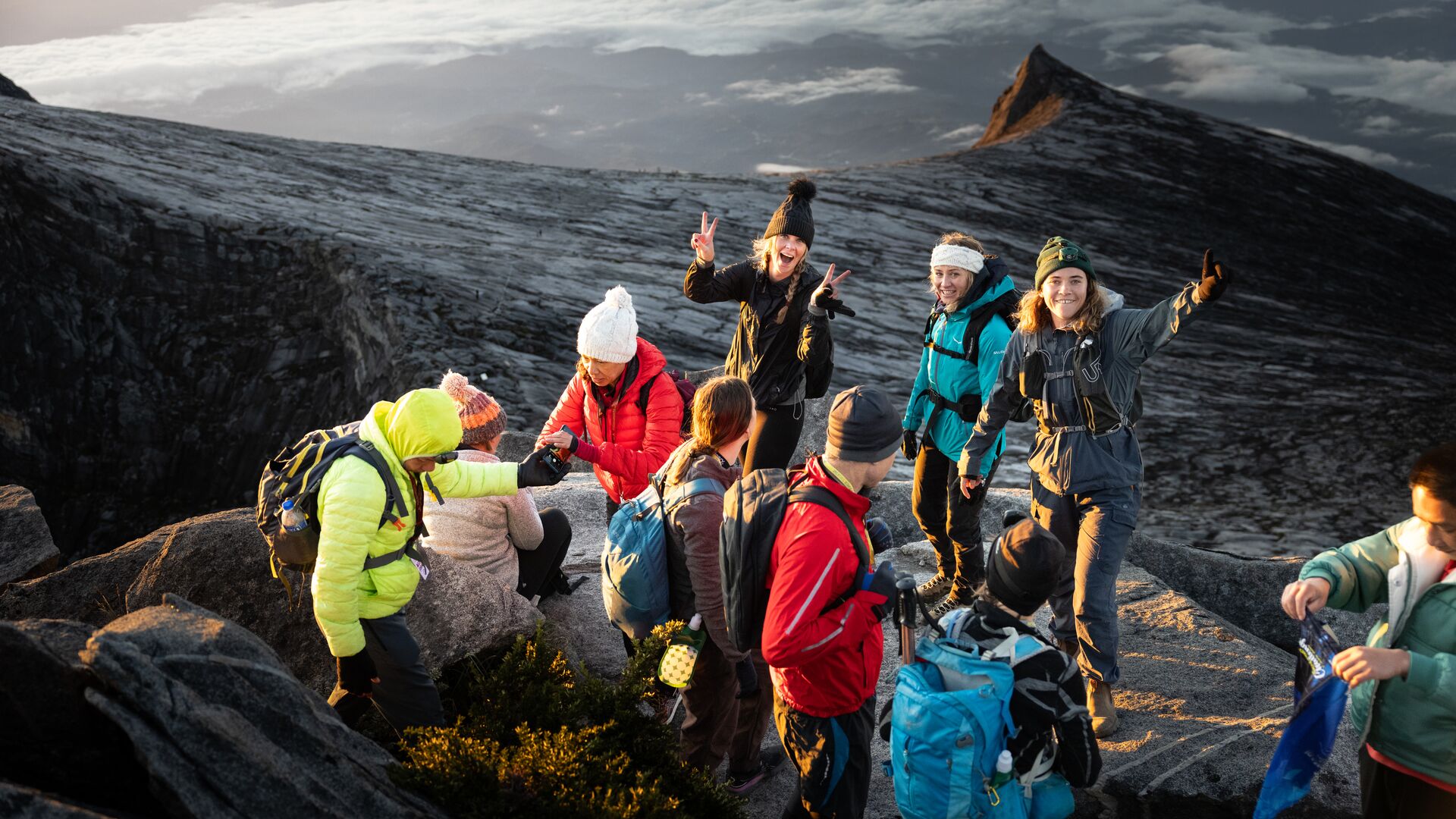

What to pack for Mt Kinabalu
What to wear can change from hour to hour, never mind day to day. The climate is known to be temperamental. Nights get icy, afternoons are muggy, and rainstorms can sweep in without notice.
Generally, you want to wear multiple light layers to adjust on the fly. On day one, we’ll start in the humid rainforest so we suggest wearing shorts unless you want to sweat. But pack some long pants for when the temperature drops as you climb. Also, don’t forget a waterproof jacket or poncho as rain is always possible.
When you get to the resthouse and your body starts cooling down, you’ll want to wear trousers, a long-sleeved thermal top and thick socks. Nights can be cold, so a polar fleece or down jacket wouldn’t go amiss.
Another essential is an overnight backpack as you’ll leave your main bag at your hotel or the national park headquarters. The backpack should be big enough to fit your jacket, a change of clothes (if needed), a water bottle, snacks, etc. Try to keep your bag within 8 kilograms – you’ll kick yourself for bringing unnecessary weight when tackling those steps! If you need to pack more, consider hiring a porter.
Here are a few other things you might need:
- Waterproof jacket: It rains on Kinabalu. A lot. Pack a lightweight rain jacket to avoid getting drenched.
- Waterproof bag cover or dry bag: For any important items like your phone, camera, etc.
- Head torch: For the morning summit hike (which starts in pitch darkness).
- Water bottle: With a 2-litre capacity.
- Snacks: Any good trail mix, chocolate or sugary treat will do.
- Hiking boots: Ensure you get a pair that supports your ankles and has good sole tread. Break them in at least two months before the trip – you don’t want blisters.
- Blister plasters: Just in case.
- Hiking socks: Thick socks (ideally made with a breathable fabric like merino wool) are essential. We recommend changing into a clean pair when you arrive at the guesthouse.
- Hiking pole: To support your legs on the way down.
- Earplugs: Accommodation on the mountain is dorm-style. That could mean snoring.
- Layers: Layer up or down depending on the temperature.
- Money: You won’t need much, but if you want to buy snacks or soft drinks at the resthouse you’ll need it as they only accept cash.
- Waterproof gloves: To protect your hands from rope burn and keep them warm in the icy air at the summit.
Want more packing tips? Check out our hiking trip packing guide.
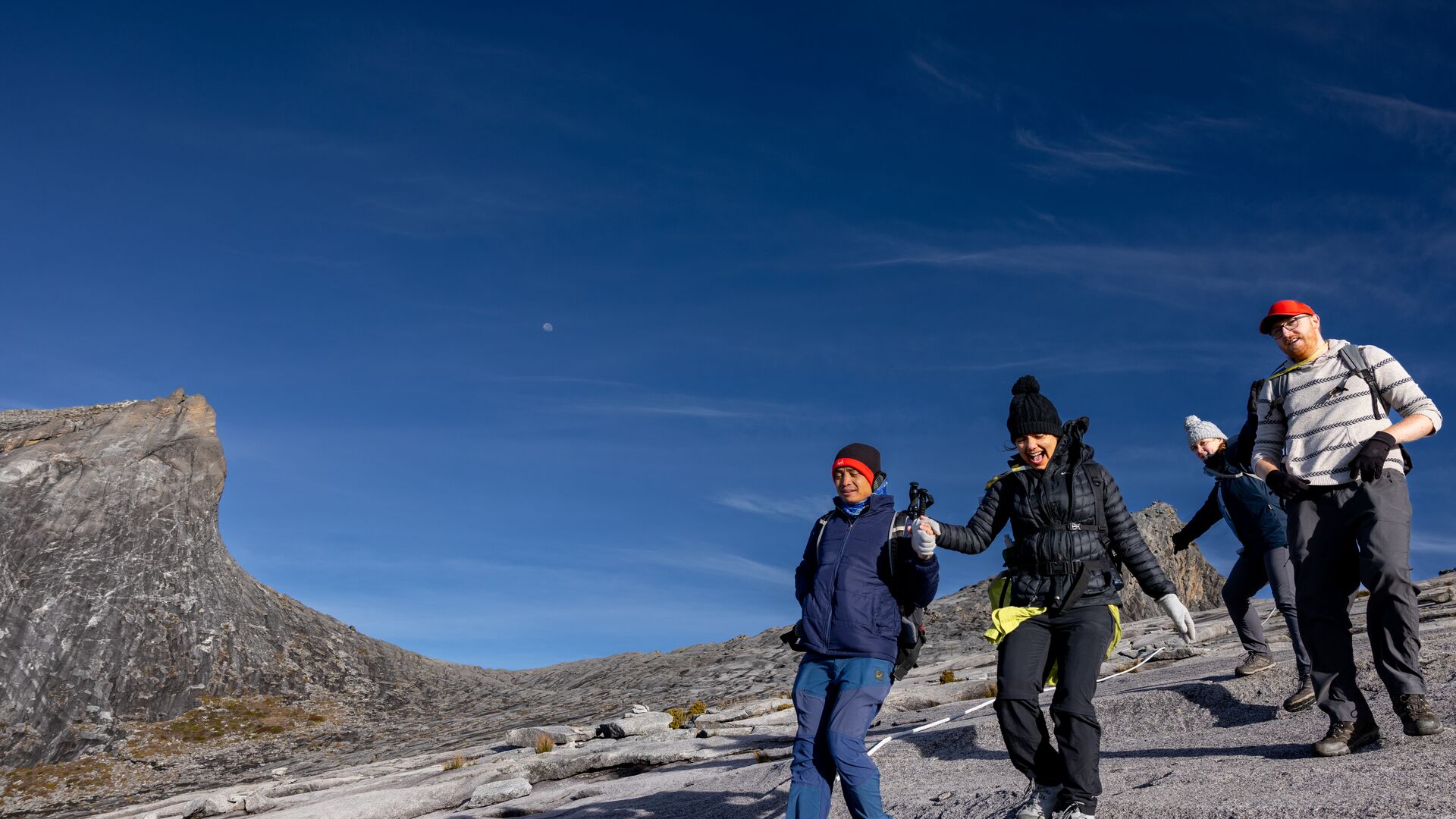

When is the best time to climb Mt Kinabalu?
Borneo sits in the middle of a swirling tropical vortex, so it’s always raining somewhere. Sabah has two seasons – wet and drier – with the driest period usually from March to September. It’ll still be hot, but the skies are (mostly) clear and you’ve got a better chance of seeing that dreamy marmalade sunrise.
It’s rare, but heavy rains and strong winds can sometimes close the Kinabalu summit. You can check weather updates on the official Mt Kinabalu website.
In any case, it’s best to be prepared for all weather conditions with appropriate gear.
What if I don’t want to climb Mt Kinabalu?
That’s totally fine! You can opt to stay at the base of the mountain in dormitory accommodation and meet the group the following day when they descend. Just let your adventure consultant know when booking and they’ll help you organise an alternative. (Due to limited availability, there may be an additional fee to book alternative accommodation.)
If you’re not much of a trekker, Intrepid has a range of other trips that uncover Borneo’s rich culture and biodiversity, including jungle walks, wildlife cruises on the Kinabatangan River, snorkelling and Dusun village homestays.
Start planning your Kinabalu adventure
Climbing Mt Kinabalu is tough. But witnessing the Bornean rainforests stretched in all directions beneath you makes every step worth it. Join Intrepid’s 11-day Sabah Adventure to climb Mt Kinabalu with local guides whose families have trekked the mountain for generations.
Climb Mt Kinabalu with Intrepid




